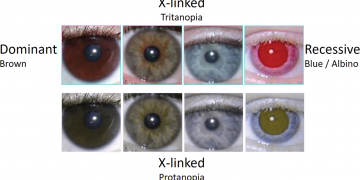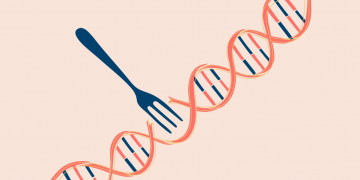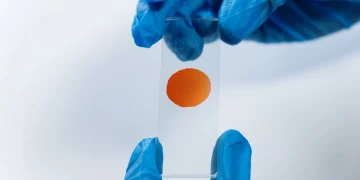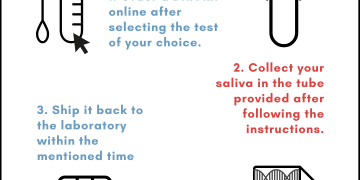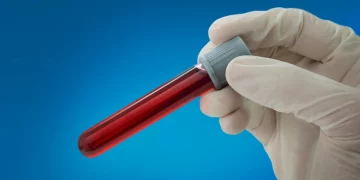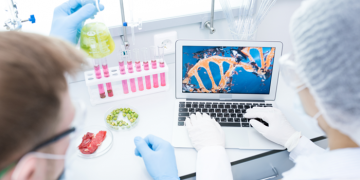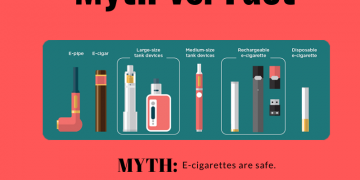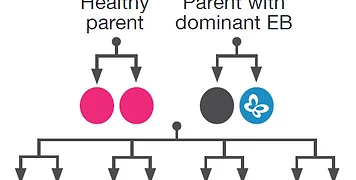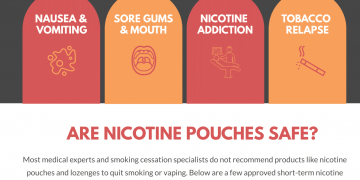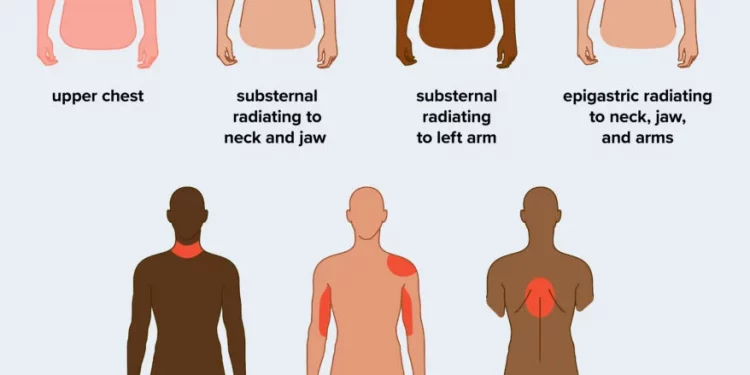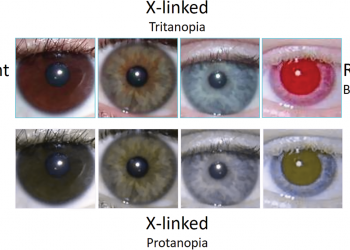You may feel anxious and overburdened after a heart attack. You most likely have several inquiries. Numerous factors need to be considered, with self-care coming first and the evaluation of heart attack enzymes. At this moment, look to people close to you for support. For detailed guidance or if you have any worries, see your doctor.
Advice on Living a Healthier Lifestyle
You may take action to recover after a heart attack and avoid having another one. The term “secondary prevention” refers to this. Recognize the sort of cardiac disease you have first with the help of a cardiac enzyme test. Your doctor will discuss risk factors and ways to stop more heart damage. Then, adhere to the following advice for a healthy lifestyle.
-
- Give up smoking. A significant risk factor for heart disease is tobacco usage. The blood vessel walls are harmed by it. It may impede your heart and other organs from receiving blood and oxygen. Additionally, it can result in blood clots, which can result in heart attacks. The primary ingredient in tobacco, nicotine, increases blood pressure. Ask your doctor for a strategy to stop smoking if you do. Avoid secondhand smoking as well. Smoke can be inhaled during smoking or when someone else exhales smoke.
- Keep an eye on your blood pressure. Your heart and blood arteries are under stress due to high blood pressure. Exercise, a salt-free diet, and weight loss if you’re overweight are all included in this. Additionally, your doctor can recommend medications to regulate your blood pressure. For all medicines, it’s crucial to adhere to your doctor’s recommendations.
- Keep your cholesterol under control. Cholesterol comes in two varieties. HDLs (high-density lipoproteins) are beneficial to your health. LDL cholesterol is “bad” for your health. Your doctor will recommend drugs to control cholesterol levels if you’ve had a heart attack. You should also begin an exercise regimen and consume a heart-healthy diet.
-
- Examine your diabetes. Blood sugar levels have a role in the illness known as diabetes. If your body doesn’t create insulin, you may develop Type 1 diabetes.
- Exercise: Your heart can become more assertive with consistent cardiac activity. Examples include cycling, swimming, jogging, and running. Your kindness and body’s oxygen delivery are aided by exercise. Your blood pressure and cholesterol may cause both declines as a result. It also aids with stress relief. You may reduce your weight by engaging in regular exercise and eating well. Heart disease risk factors include being overweight. Your risk can be reduced with just a 10% body weight loss. Before beginning or resuming activity after a heart attack, see your doctor.
- Consume heart-healthy foods. Your blood flow is impacted by the stuff you eat. A diet substantial in “bad” fats, such as trans and saturated fats, can clog your arteries with plaque. Your heart’s blood flow is slowed or stopped by plaque. Your arteries may block, leading to a heart attack or heart failure. Boost your fruit and vegetable intake. Consume white meat and seafood and less red meat. Eat fewer dairy items high in fat. Reduce your consumption of sugar and salt. Eat less packaged and fried food.
- Manage your level of stress. Heart attacks may be unsettling and frightful. Consult your doctor for guidance on how to handle your emotions. Your risk of heart disease may be impacted by stress and depression. Following a heart attack, depression and other mood disturbances are frequent. Your family doctor could screen for this. If discovered, they may provide suitable therapies, such as counseling and prescription drugs.
Things to Think About
Understanding the warning signals is crucial. If you have severe symptoms, get emergency medical attention. These can happen whether you’re moving or lying still and include:
- Chest ache (angina).
- Breathing problems.
- Weakness, fainting, or vertigo.
- Pale, perspiring skin.
- A quick or erratic heartbeat.
- Vomiting and nauseousness.
- Leg soreness or swollen areas.
- Acute exhaustion.
Intricate molecular processes
The researchers used these cells to investigate the intricate molecular procedures necessary to restore heart muscle injury after the heart attack treatment. They demonstrated in laboratory studies how HVPs could, in a way, locate injured areas in the heart, move to injury sites, and develop into functional heart cells.
The multidisciplinary team’s next experiment involved studying the efficacy of treating a damaged heart using HVPs in pigs. Pig hearts and human hearts are pretty similar physiologically. As a result, pig trials are frequently carried out just before human patient investigations. The findings demonstrate that cardiac injury may be successfully treated, even in large animals, with no adverse side effects.
Rather than developed heart cells, there were cardiac progenitor cells.
The team of scientists is looking at heart attack enzymes and progenitor cells. The team has been successful in creating a significant number of these HVPs from human embryonic stem cells. According to scientists, “this is the pinnacle of our efforts attempting to locate the optimal cell to repair the heart over the past two decades.”

